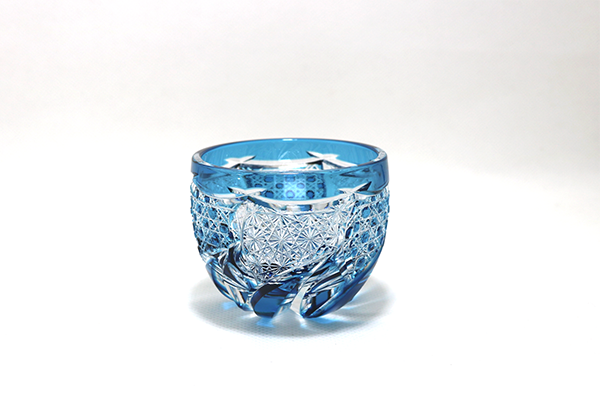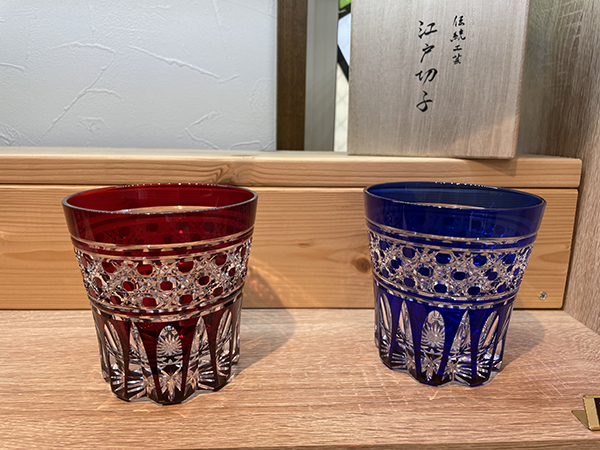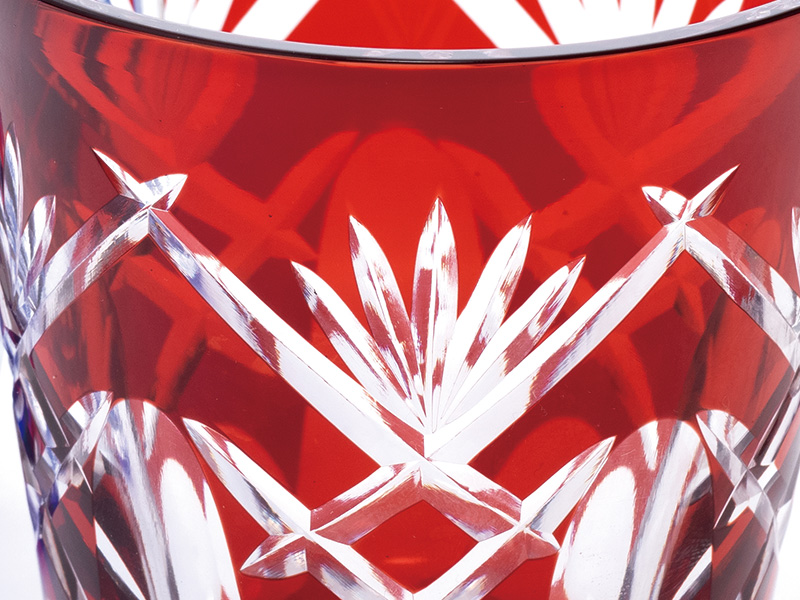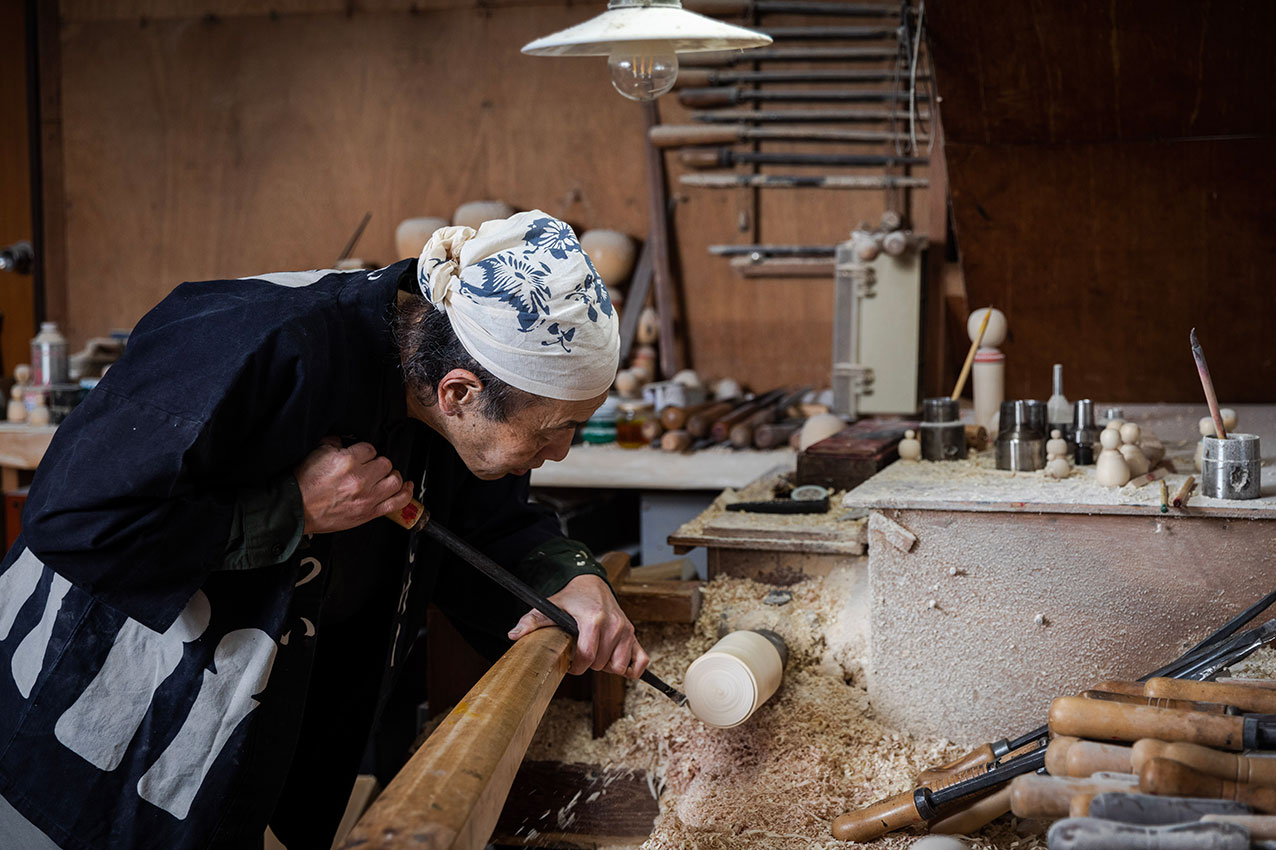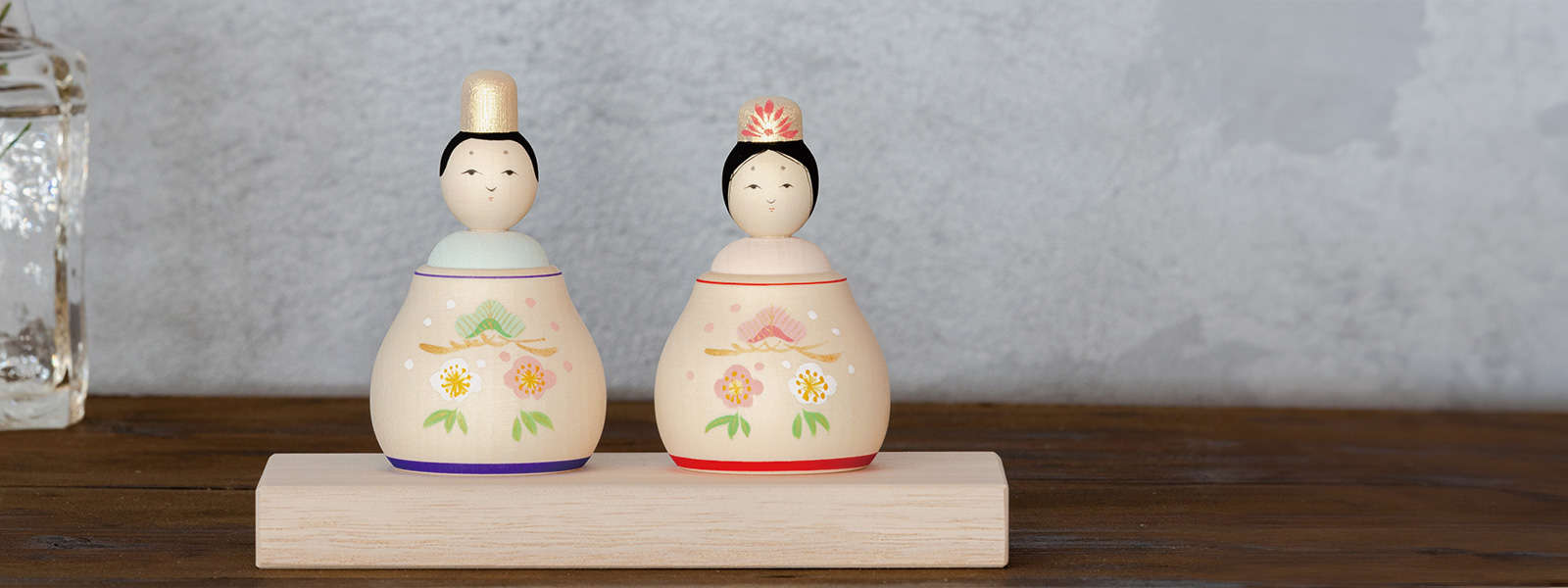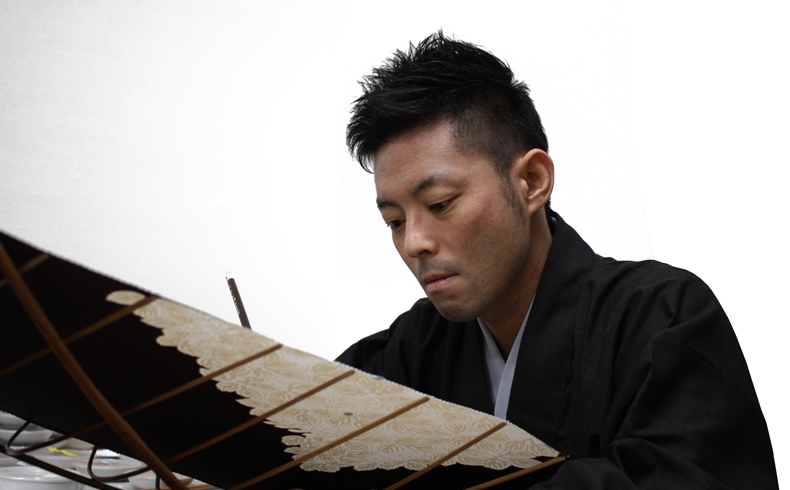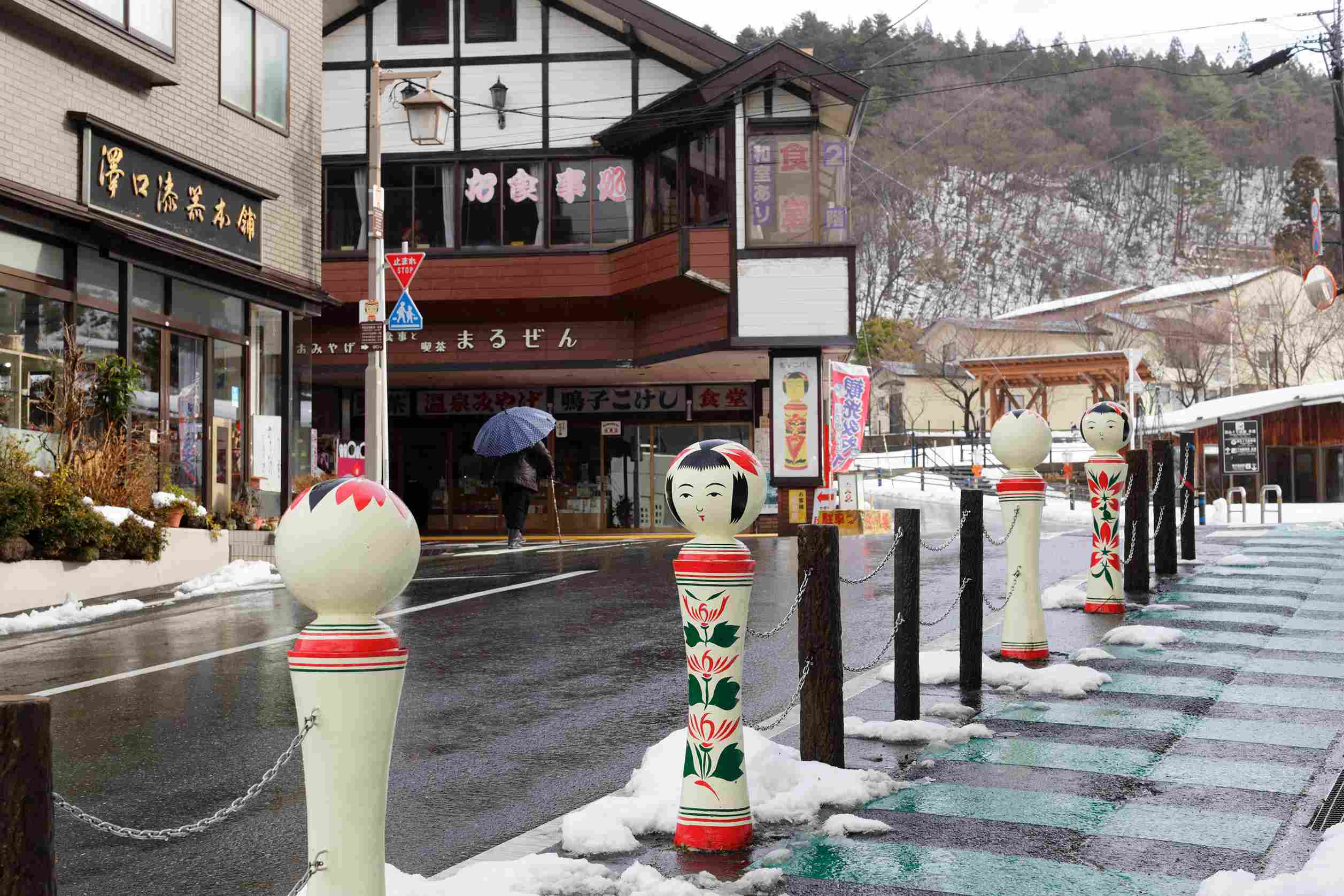In "Inherited traditional craft - Edo Kiriko", there was an introduction to Edo Kiriko and the Edo Kiriko specialty shop 'Kouiki'. Edo Kiriko(a cutting glass) is known not only for its gorgeous appearance but also for its practicality. It can be processed into flower vases, tableware and decorative items as well as the usual old glasses that are often seen, and can be used in everyday life.
The qualities of Edo Kiriko are highly durable, and its exquisite cuts and designs are still highly popular as a representative of traditional Japanese craftsmanship.
It demonstrates not only the exquisite skills of Japanese craftsmen, but also the traditional values and aesthetics of Japanese culture, and is loved and collected by many people in Japan and abroad.
This column introduces the various attractive forms of Edo Kiriko.
Old glass
Vases
Tableware
Decorative objects
Meaning Behind the Pattern.
Checkerboard
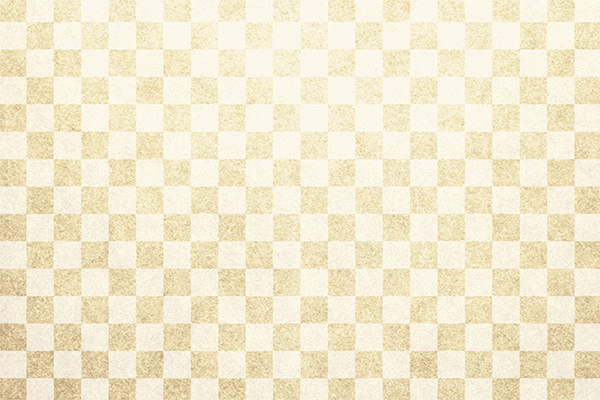
The chequered pattern consists of squares arranged in a lattice pattern, with skilful cutting techniques and careful detailing creating a balanced and symmetrical pattern on the glass. Not only does it demonstrate the skill and care of the craftsman, it also evokes the elegance and grace of the Japanese culture's pursuit of harmony and balance.
Contemporary chequered patterns are often combined with modern design elements and incorporated into innovative and novel styles. In this way, the chequered pattern has evolved with the times to suit modern tastes and needs, while preserving its traditional roots.
Hemp Leaf Pattern
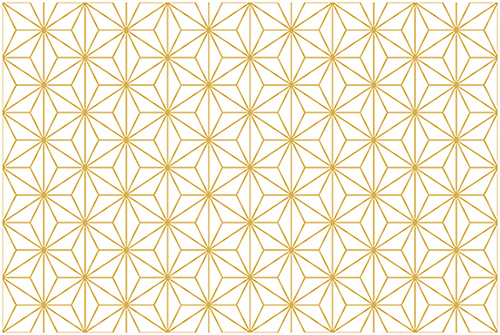
The hemp leaf pattern is characterised by its delicate cut and unique pattern. This design, decorated with hemp leaf shapes, has a delicate and natural beauty. Using a cutting tool, the craftsman carves the hemp leaf shape into the glass, adding detail, texture and pattern. This production process results in a pattern that is both technical and artistic. The design of the pattern combines fine lines and natural elements, expressing the vitality and harmony of plants. The delicacy and sophistication of the pattern will surprise you with the craftsman's ingenuity and attention to detail.
Kimetsu-no-Yaiba and Traditional Japanese Patterns
Have you seen the above pattern anywhere?
Yes! Sumijiro and Priestess Nezuko are two of the characters in the popular anime Oni-Ending Blade, which took Taiwan by storm in 2020, wearing kimono with chequered and linen leaf patterns respectively. The author's ingenuity in incorporating traditional Japanese patterns into the characters is a hidden message of the story.
Sumijiro, the main character, wears a simple chequered pattern of alternating squares of two different colours, which are connected at the top and bottom, signifying prosperity, prosperity and eternity for descendants. Sumijiro and Priestess Nezuko both wear clothing with this pattern, which suggests their parents' wish for the prosperity of the family.
This pattern has also been adopted as the emblem for the 2020 Tokyo Olympics. The designer, Asao Noro, specialises in geometric design principles and has created a unique chequered pattern with a message of 'diversity and harmony' that shows the differences between countries, cultures and ideas.
The linen-leaf patterned kimono with six diamond shapes radiating out, which Priestess wears, was often used for newborn babies and children's clothing in ancient times, as it was believed to be a prayer for the growth and health of children and to ward off evil spirits.
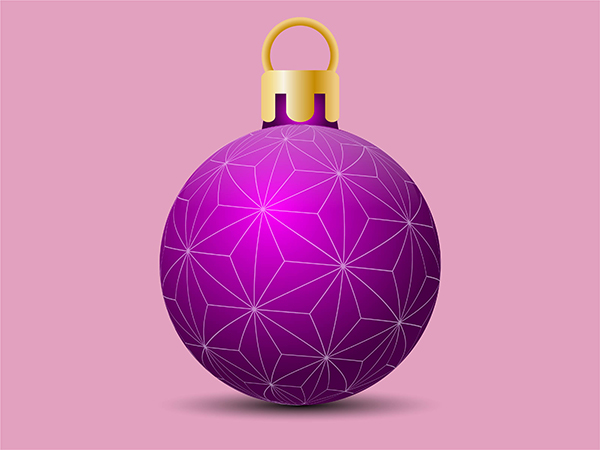
Traditional Japanese patterns combine straight and curved lines in a variety of patterns based on familiar plants, animals, nature and utensils. They have meanings such as peace, prosperity of offspring, healthy growth, longevity and protection from bad luck, and this column provided some trivia about the patterns on the Kimetsu-no-Yaiba blade.
The Bottom of the Glass is Also Ingenious.
Chrysanthemum
The chrysanthemum has an important symbolic meaning in Japanese culture, being a symbol of nobility, strength and eternity. It is a symbol of the imperial family and one of Japan's national flowers. The craftsmen cut the outlines and details of the chrysanthemum on the glass and added a floral pattern to the bottom of the glass to bring out the elegance and delicacy of the chrysanthemum and reflect its symbolic meaning in Japanese culture. This classic motif still retains its value and charm and has become an integral part of Japanese craftsmanship.
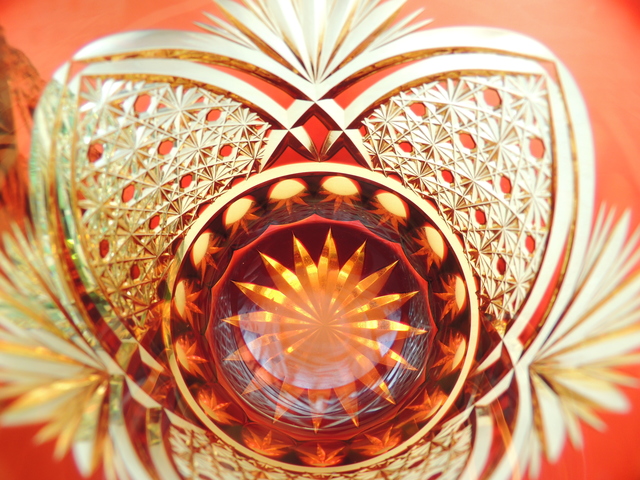
Windmill
The carefully cut windmill pattern is one of the most vibrant and unique designs in Edo faceting. This pattern was popular during the Edo period and is one of the most important designs of Edo faceting. Inspired by traditional Japanese windmills, the cutting and engraving process creates a windmill on the glass. The leaves of the windmill are symmetrically cut in geometric shapes to give a lively and bright impression. The design of the windmill pattern expresses the Japanese sense of nature and the changing seasons, and reflects the pursuit of nature and life force in the culture.
The collaboration with a traditional Japanese craftsman, 'Edo Kiriko', will soon be available at the actual shop of WA MARE (URL). For more information, please visit the shop or call us.
Mail:info@ma-r.co.jp


